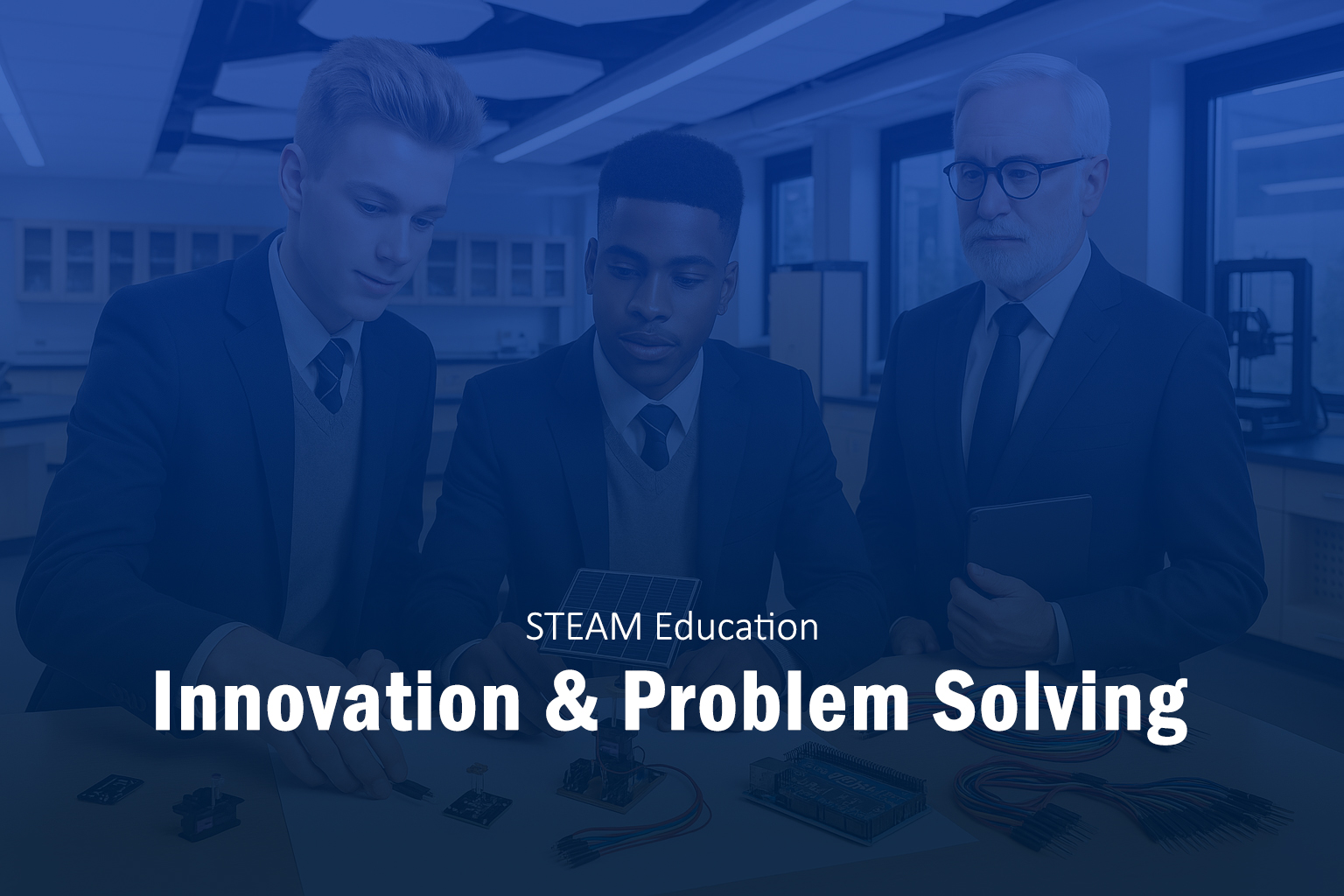The Role of STEM in Fostering Innovation and Problem-Solving

Why Innovation and Problem-Solving Matter
How STEM Education Fosters Innovation
Inquiry-Based Learning
STEM classrooms that embrace inquiry-based learning encourage students to ask questions, design experiments, and seek solutions. This mirrors the process of scientific discovery and technological invention. AI can suggest hypotheses or simulate outcomes, but students must interpret results, draw conclusions, and iterate on their designs.
Hands-On Projects
Experiential learning-engineering challenges, science fairs, and maker spaces-lets students prototype, test, and refine their ideas. Failure is reframed as a learning opportunity, fostering resilience and creative risk-taking. AI can provide feedback or automate data collection, but the tactile, iterative process is uniquely human.
Interdisciplinary Thinking
Real-world problems rarely fit neatly into one subject. Integrated STEM projects require students to draw on science, math, technology, and engineering, promoting flexible and innovative thinking. AI can help connect information across domains, but it is students who synthesize and apply knowledge in novel ways.
The Limits of AI in Innovation
AI can:
- Analyze patterns in large data sets
- Automate repetitive calculations
- Simulate complex systems
But AI cannot:
- Ask the “why” behind a problem
- Make ethical judgments in ambiguous situations
- Replace the creative leaps that lead to true breakthroughs
Classroom Examples
- Maker Spaces: Students use 3D printers and robotics kits to turn ideas into reality. AI can help with design, but the innovation is driven by student imagination and teamwork.
- Design Challenges: Teams tackle local issues, such as designing water filtration systems or energy-efficient homes, using AI for modeling but relying on human insight for creative solutions.
Research and Outcomes
A 2022 study in Science Education found that students engaged in STEM projects demonstrated higher levels of creative problem-solving and innovation than those in traditional classrooms (Kim et al., 2022).
Strategies for Educators
- Encourage curiosity and open-ended inquiry
- Celebrate failure as a step toward discovery
- Connect projects to real-world issues and ethical considerations
- Use AI as a tool, not a replacement, for hands-on exploration
References
- World Economic Forum. (2023). The Future of Jobs Report 2023.
- National Science Foundation. (2023). Science and Engineering Indicators.
- Kim, M., et al. (2022). The Impact of STEM Project-Based Learning on Student Innovation. Science Education, 106(4).
